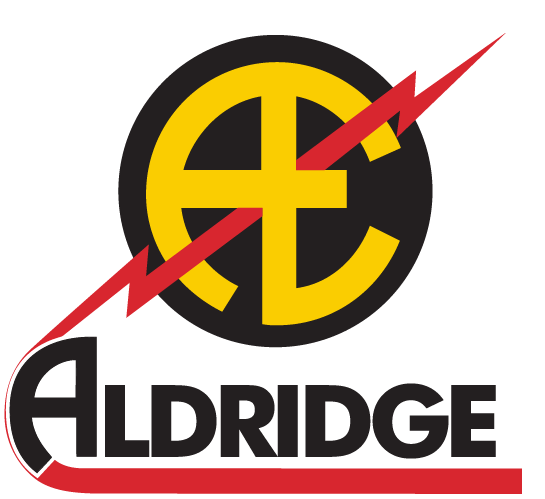The previous Iowa-Illinois Bridge was a significant pinch-point on I-74 between the bi-state communities known as the Quad Cities. The new I-74 Mississippi River Bridge improves traffic flow as it is nearly double the width of the old bridge, supporting six lanes in each direction, including a new 14’ wide multi‐use path along the downstream side of the Illinois-bound bridge.
“Because of these efforts, we were featured in Roads&Bridges Top Bridge Winner - The 1-74 Mississippi River Bridge! Gavin Jenkins writes some main key points in the building process.
If our top bridge of 2022 looks familiar, it’s because we featured the Interstate-74 Mississippi River Bridge—AKA the Iowa-Illinois Memorial Bridge—earlier this year.
This $355 million project improved a bridge that is more than the gateway to the Quad Cities region (which added a fifth city since gaining that nickname: Davenport and Bettendorf in southeastern Iowa and Rock Island, Moline, and East Moline in northwestern Illinois). It also serves as a key transportation hub for national commerce, and it’s a vital link to a 7-mile expanse comprising bridges, interstates, and communities.
The economic success of this region created an increasing traffic demand that outgrew the corridor’s existing infrastructure. As the bridge became a major pinch-point for delays, the Iowa and Illinois Departments of Transportation decided on an ambitious improvement plan to alleviate congestion and sustain the regional economy. Objectives of the plan included: improved connection among the communities with additional lanes, adequate shoulders, and provision for safe bicycle and pedestrian access.
The I-74 bridge was part of a reconstruction project that included almost eight miles of roadway and bridges in Iowa and Illinois. The river crossing itself is over 3,400 feet long with an almost 800-foot navigation span and required a signature, long-span structure.
Bedrock close to the surface of the river was utilized to resist horizontal forces that result from the arch. This echoes the same approach taken by the existing suspension bridges.
For the design of the foundations, a method had to be developed to efficiently transfer the arch thrust to the bedrock. Relying on only a spread footing keyed into rock presented several construction challenges, including effectively sealing a cofferdam to allow for the rock excavation with little to no soil overburden in the river.
The solution relied on drilled rock sockets to transfer the thrust as a shear force. The short height of the sockets above the riverbed limited the magnitude of bending moments, allowing for a more economical design.
The conceptual design of the bridges called for steel arch ribs with minimal bracing connecting them in a basket-handled configuration. A careful evaluation of the stability of the arch ribs was required to ensure adequate performance under typical and rare loadings. A true arch without a tie can be susceptible to buckling both vertically and laterally.
“The basket-handled configuration of the arch ribs resulted in added complexity in both design and detailing,” said Thomas Murphy, principal at Modjeski and Masters. “The internal arch rib access system, intermediate and crown struts, and hanger connection details were all impacted by the ever-changing geometry.”
A two-step approach was adopted that consisted of using refined analyses to determine the elastic buckling modes and capacities from which averaged effective length and radius of gyration values for the arch rib system could be derived. These were used in the AASHTO design equations for compression members to determine the ultimate capacities, including the effects of residual stress and initial imperfections.
The original bridges carried two lanes of traffic, which were substandard in width and provided no shoulders, resulting in stiffening trusses right outside drivers’ windows as they crossed the bridge. The new bridges carry four full lanes of traffic with full shoulders on each side, doubling the I-74 capacity at the river crossing.
Within this corridor reconstruction, I-74 was also realigned to remove a curve and improve the interchange geometry. The new eastbound span also carries a 14-foot-wide bicycle and pedestrian path.
“The cantilevered bike trail and overlook on the downstream side of the eastbound bridge resulted in asymmetric loading of the arch ribs,” Murphy said. “It also created atypical lateral loads — from the swing of the floor system — that had to be addressed in the bracing members and joints.”
Several design details were included to improve the durability of the bridge. These include:
A fluoropolymer coating system on the arch ribs for the enhanced aesthetics and durability provided by these systems.
All stainless-steel reinforcing steel in the concrete deck and barriers
A maintenance waterline along the length of the floor system, below the bridge deck, to facilitate bridge preservation by washing the steel components
Uncoated weathering steel is used extensively in the floor system, except for the fascia girders, which are painted with a fluoropolymer coating
A structural health monitoring system was included in the design, to provide indications of the health of the floor system and arch ribs
The ability to replace any hanger on the bridge without significant interruption of traffic
Since opening, the Iowa-Illinois Memorial Bridge has seen a steady stream of pedestrian and bike traffic, and it provides a welcoming crossing that promises to secure the legacy of the Quad Cities as a key transportation hub. R&B
Project: I-74 Mississippi River Bridge
Location: Bettendorf, IA and Moline, IL
Owners: Illinois Department of Transportation, Iowa Department of Transportation
Designers: Alfred Benesch and Modjeski and Masters
Contractors: Lucid Engineers, PC, McNary, Bergeron & Johannesen, Lunda Construction Company; Industrial Steel Construction, Inc.; Tenca Steel Detailing, Inc.; R.J. Watson, Inc.
Cost: $355 Million
Length: 3,405 feet
Completion Date: December 3, 2021”
Congratulations to our crews and supporting members for their creation of the “#1 Bridge: Quad City Champions”
View the full article here: https://www.roadsbridges.com/bridge-construction/article/21437614/no-1-bridge-quad-city-champions

